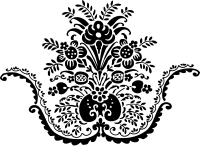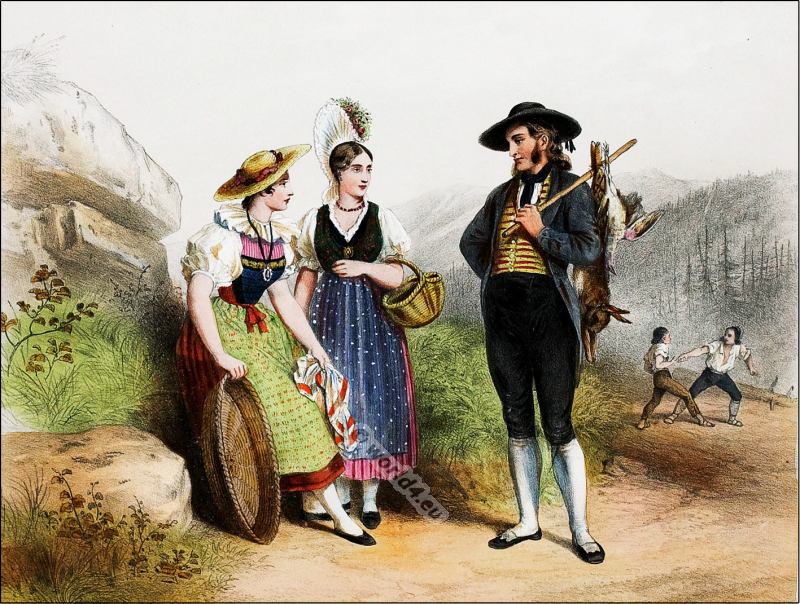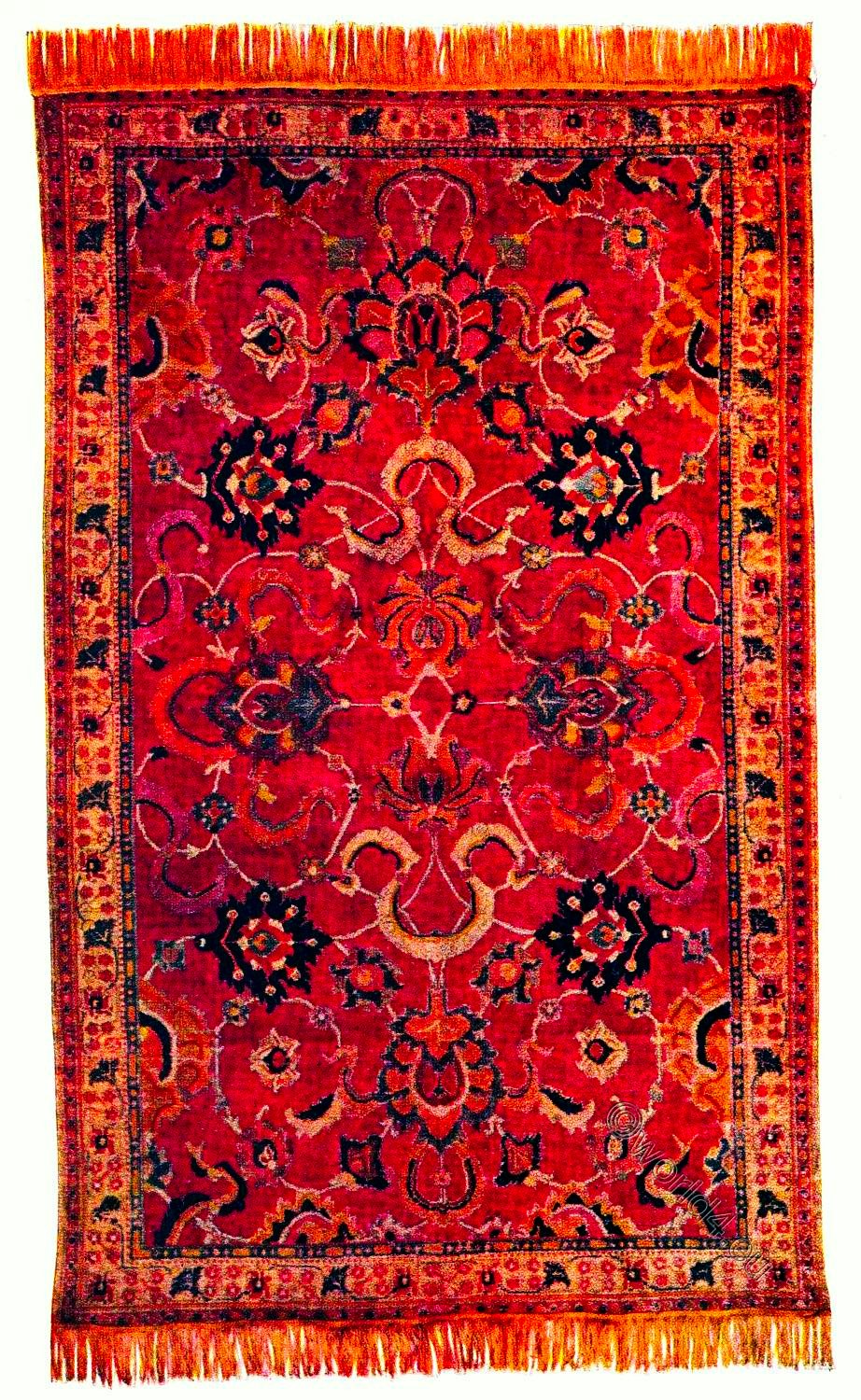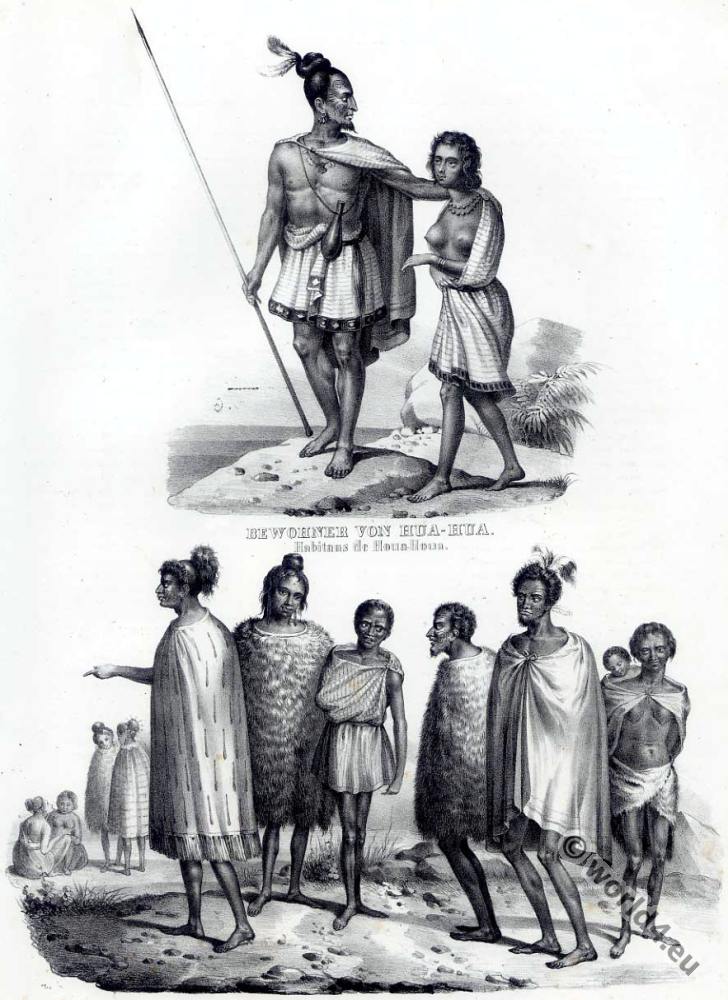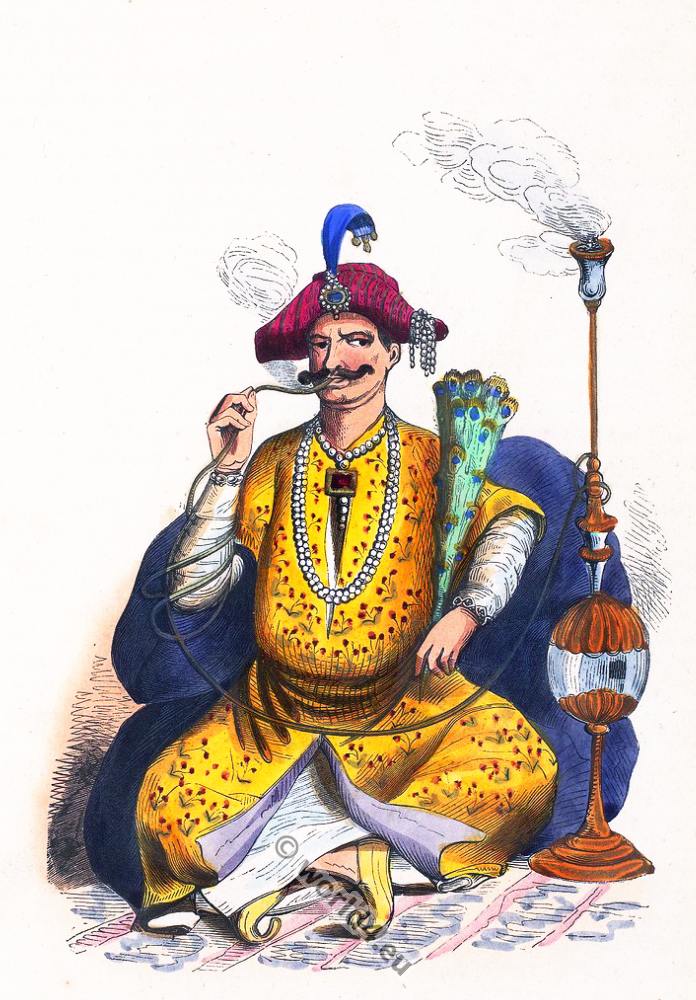
MECHIS
Trans-Himalayan Origin. Darjeeling.
THE Mech people belonging to the Bodo-Kachari group of peoples; inhabit the forest portion of the Turai, stretching along the base of the mountains from the Burrampooter (Brahmaputra) to the Kanki river, which leaves the Nepal mountains about twenty miles to the west of the Mechi river.
In this tract they are the subjects of the Nepalese, Sikhim, and Bhootan governments respectively, and occupy, along with the Dhimals (an allied tribe), and a few Garrows, a country of about 250 miles in length, having an average breadth of from twelve to fifteen miles.
In the eastern portion of the Nepal Turai *) they are but recent settlers; at Nagol Bundi, on the right bank of the Mechi river, there are about twenty families; at Kalikajhar about the same number; and, west from these places, in the thickest parts of the forest, there are several small colonies, amounting in all to about 150 to 200 families.
*) Terai or Teraï (Nepali तराई, tarāī) means humid land and refers to the fertile lowlands that stretch south of the Himalayas in India, Nepal and Bhutan from the Yamuna in the west to the Brahmaputra in the east. Between the Terai and the actual High Himalayas lie the Bhabhar, Siwaliks and Front Himalayas.
In the Sikkim Turai, between the Mechi river and the Mahanadi River, there are about 400 families; to the east of the Teestah river, and in the Dooars or Duars of Bhutan, they are still more numerous; and to this latter portion of their habitat they point as the original seat of the tribe, although its name would indicate its derivation from the Mechi river. It is believed that Mechis are also to be found on the northern confines of Lower Assam.
They never live on the hills at a higher elevation than 800 or 1000 feet, and scarcely ever settle in the cleared and inhabited parts of the Turai; but keep entirely to the forest in which they make clearances, cultivating crops of rice and cotton with the hoe, and grazing buffaloes. The malaria of the forest, so deadly to strangers, does not at all affect them; on the contrary, they are a remarkably healthy race, and dread visiting the plains, where they are subject to severe fevers. They have no towns, and rarely ever live in permanent villages, generally quitting a clearance after having raised two or three successive crops from the land, to take up their abode in a fresh portion of the forest. The cast of their countenance is strongly Mongolian, but of a softer outline than most Mongolian races, resembling mostly the Newar people of Nepal.
The religion of the Mechis, in so far as they have any, is the Shivaite form of Hinduism, but goes no further than the occasional sacrifice-when they can afford a merry-making-of goats, buffaloes, pigs, and fowls, to a clay image of Kali, on which occasion they drink to excess spirits, and a fermented liquor made from murwa, and indulge in much licentious. Distinctions of caste are unknown among them. Marriages are contracted at convenience in youth or adolescence, the men purchasing their wives at prices varying from ten to sixty rupees, according to the beauty of the female and the means of the buyer.
When an accepted husband has not the means of paying for his wife in money, he joins her family party, working for the parents until he has fairly earned his bride according to previous contract. Like the poorer classes elsewhere in India, a man can seldom afford to have more than one wife at a time. There is no restriction, however, on this head. The Mech language has no written character. It is destitute of all terms denoting the conveniences of civilisation: such as exist are borrowed from the Bengali.
Source: People Of India. Races & Tribes Of Hindustan, by J. Forbes Watson and John Willian Kaye. Originally prepared under the authority of The Goverment Of India and reproduces by Order to the Secretary of State for India in Council. London: India Museum, 1868. Publishers to the India Office.
